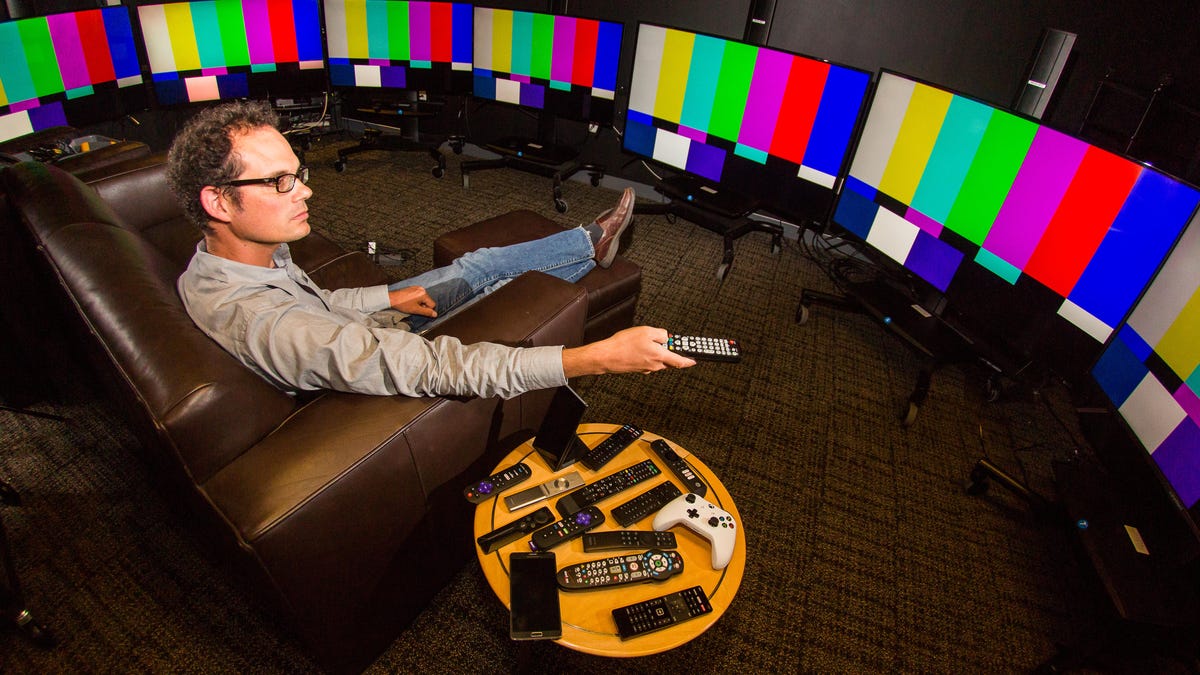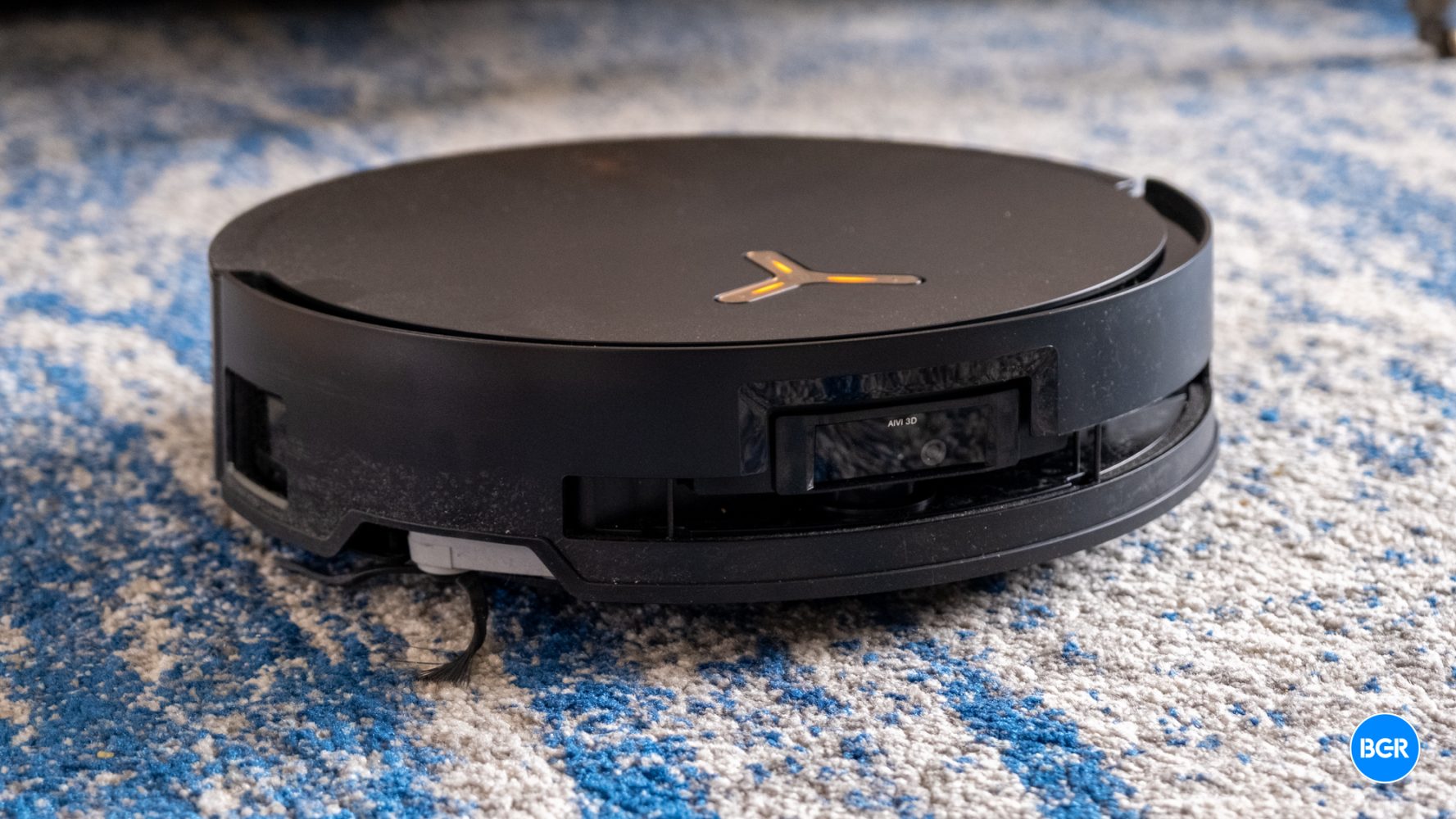With all of the TVs available today, and all of the technical terms and jargon associated with television technology, it can be tough to figure out what's important. Here's a quick guide to help cut through the confusion. Screen size: Bigger is better in our book.
We recommend a size of at least 43 inches for a bedroom TV and at least 55 inches for a living room or main TV -- and 65 inches or larger is best. More so than any "feature," stepping up in TV screen size is the best use of your money. One of the most common post-TV-purchase complaints we've heard is from people who didn't go big enough.

And we rarely hear people complain that their TV is too large. Price: TVs range in price from $100 to more than $2,000. Smaller screens are cheaper, well-known brands are more expensive and spending more money can also get you better image quality.
Most entry-level TVs have a good enough picture for most people, but TVs last a long time, so it might be worth spending more to get a better picture. It's also best to shop for a TV in the fall when prices are lower. Capability: Among entry-level TVs the most important feature is what kind of smart TV system the TV uses.
Among midrange models, look for a feature including full-array local dimming, mini-LED and 120Hz refresh rate, which (unlike some other extras) do help improve the picture in our experience. Among high-end TVs, OLED technology is your best bet. Our TV reviews follow a rigorous, unbiased evaluation process honed over nearly two decades of TV reviews.
Our primary TV test lab has specialized equipment for measuring light and color, including a Konica Minolta CS-2000 spectroradiometer, a Murideo Sig-G 4K HDR signal generator and an AVPro Connect 8x8 4K HDR distribution matrix. We use Portrait Displays CalMan Ultimate software to evaluate every TV we review. In every CNET TV review, three or more similar TVs are compared side by side in various lighting conditions playing different media, including movies, TV shows and games, across a variety of test categories, from color to video processing to gaming to HDR.
Our reviews also account for design, features, smart TV performance, HDMI input and gaming compatibility, among other factors. LG C3 : When we reviewed the C3 in 2023 it was one of our favorite TVs, and this impression continued into the following year. It's still a great TV, but with the pricing on this and the C4 being identical right now it makes sense to go for the newer TV.
Samsung S90D : The S90D performed well, but it suffered some contrast loss compared to the C4. Any differences between the C4 and S90D were subtle. One important aspect of image quality we test is overall brightness.
Here's how brightness compares in nits across select TVs listed above. Check out How We Test TVs for more details. For more TV buying advice check out How to Buy a TV .
We'll post the answers to commonly asked TV questions below. If you have any others, feel free to reach out on Twitter ( @dkatzmaier ), or by clicking the little envelope icon on my CNET profile page . Doing so will let you send a message straight to my inbox.
Prices vary widely by size and features, from less than $100 for basic 24-inch TVs to more than $2,000 for big OLED models. TVs last a long time, so we think it's worthwhile to spend a little extra beyond the bare minimum to get a bigger screen, better picture quality or better features. With that in mind, here are some ballpark prices that will get you a very good TV in 2025.
55-inch: $700 65-inch: $1,000 75-inch: $1,300 You could pay (much) more or less. The fact is just about any TV will produce a picture decent enough to satisfy most viewers. Most complaints you read in user reviews aren't about picture quality.
Instead, they're about ease of use, smart TV menus or sound (or a broken TV). In our opinion bigger is better, and your money is best spent on large screen sizes rather than a slight upgrade in image quality. The answer also depends on room size and seating distance : If you have a big room and sit farther away, you'll want a bigger TV.
In our reviews, OLED TVs, which use organic light-emitting diode technology, have always had better picture quality than LED TVs, which are essentially LCD TVs that use LED backlights. The main reason is that OLED TVs can produce a perfectly dark shade of black with no stray illumination of blooming, which leads to better contrast and pop. LED TVs can get brighter, and usually cost less than OLED TVs.
At CNET our favorite is Roku for its simplicity, but different systems like Google TV, Amazon Fire TV, Samsung and LG have different strengths, in particular for voice commands. In any case, we don't consider the built-in smart TV system that important because you can always connect a streaming device to any TV . Most TVs sound terrible because their thin cabinets don't have room for decent-sized speakers or a bass.
If you want to get good sound you should buy an external audio system. Even an inexpensive soundbar will deliver much better audio quality than a TV's built-in speakers..
Technology

Best TVs of 2025: Tested by CNET Experts

These are the best TVs CNET has tested — from OLEDs to mini-LED — including top brands such as LG, Samsung and TCL.















